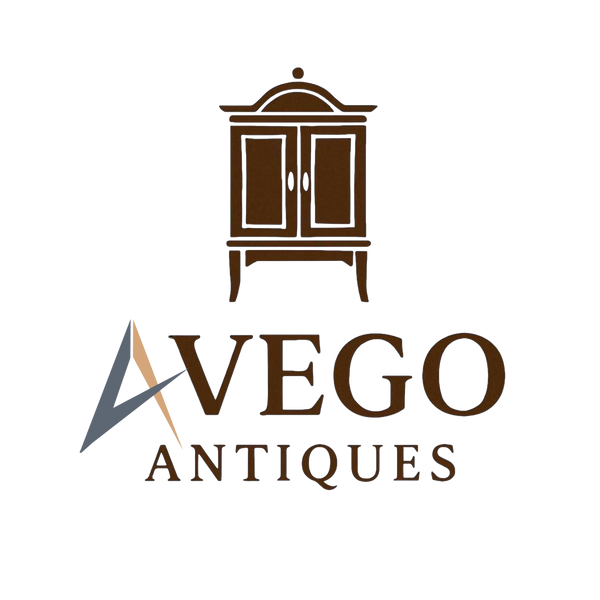The History of the Cherub in Antique Furniture: A Symbol of Divinity and Love
Cherubs, often depicted as chubby, winged infants, have a rich history that spans centuries and multiple cultures. These celestial beings have evolved from their early biblical origins to become enduring symbols of love, innocence, and protection in art, culture, and antique furniture design.
Origins in Ancient Traditions
The concept of the cherub dates back to ancient Mesopotamian and Near Eastern civilizations. In Assyrian and Babylonian mythology, winged creatures known as karibu were believed to serve as divine guardians. These beings were often depicted as hybrid figures with human, animal, and bird-like features, serving as protectors of sacred spaces such as temples and palaces. Their influence later extended into European decorative arts, where they became prominent motifs in furniture craftsmanship.
Biblical Depictions
Cherubs first appear in the Hebrew Bible, where they are described as powerful angelic beings who guard the Garden of Eden after Adam and Eve’s expulsion. Unlike the later, more childlike representations, biblical cherubs were depicted as formidable, multi-winged entities with human and animal attributes. In the Book of Exodus, cherubs are also mentioned as part of the Ark of the Covenant, positioned as guardians of the divine presence. This reverence for cherubs translated into religious furniture, where their images were often carved into church pews, altars, and cabinetry to signify protection and divine grace.
The Renaissance Transformation and Furniture Influence
During the Renaissance, cherubs underwent a significant transformation in European art and furniture design. Inspired by Greco-Roman depictions of putti—playful, winged infants used in classical art—artisans began incorporating cherubic figures into elaborate furniture pieces. These depictions became popular in religious and aristocratic interiors, where intricately carved wooden chairs, gilded mirrors, and opulent cabinets featured cherubs as decorative elements, symbolizing divine love and celestial beauty.
Cherubs in Baroque and Rococo Furniture
The Baroque and Rococo periods saw an explosion of cherub imagery in art, architecture, and furniture. Ornate pieces such as armoires, writing desks, and chaise lounges were adorned with cherub carvings, often gilded in gold leaf to enhance their luxurious appearance. Artists such as Gian Lorenzo Bernini influenced furniture makers, inspiring them to create elaborate embellishments featuring cherubs entwined with floral motifs, scrolls, and acanthus leaves. In this era, cherubs symbolized both divine and earthly love, frequently appearing in both religious and secular furnishings.
Cherubs in Antique Furniture Collecting
Today, antique furniture collectors highly value pieces adorned with cherub motifs, particularly those from the 17th and 18th centuries. French and Italian Rococo-style furniture often features cherub carvings, adding an element of old-world charm and sophistication. Cherub-themed chandeliers, headboards, and side tables remain sought after for their intricate craftsmanship and historical significance.
Conclusion
From their origins as fierce divine guardians to their transformation into symbols of romance and grace, cherubs have played a fascinating role in the history of art and antique furniture. Whether seen in biblical texts, Renaissance paintings, or intricately carved wooden furniture, their enduring appeal highlights humanity's deep-seated fascination with celestial beings and their decorative beauty. Investing in antique cherub-adorned furniture allows collectors to own a piece of history that exudes elegance, spirituality, and timeless artistry.

